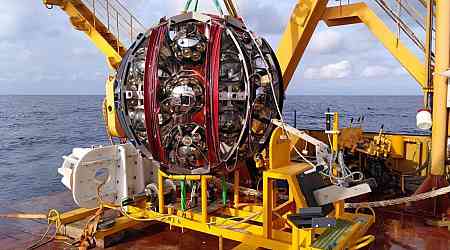A new class of stellar explosions, termed "millinovas," has been identified by scientists, according to reports. These events, described as being 100 times brighter than the Sun, were spotted during a study involving data from the Optical Gravitational Lensing Experiment (OGLE). Findings were published in The Astrophysical Journal Letters on December 12. The discovery occurred during an investigation into gravitational microlensing events to detect primordial black holes in the Milky Way's dark matter halo.
Unique Characteristics of Millinovas
Millinovas were observed in the Large and Small Magellanic Clouds, satellite galaxies of the Milky Way. Twenty-eight of these cosmic phenomena have been identified, including one event, OGLE-mNOVA-11, which erupted in November 2023. The event allowed a closer analysis using instruments like the Southern African Large Telescope (SALT) and NASA's Neil Gehrels Swift Observatory. The research revealed light emissions from helium, carbon, and nitrogen ionized atoms, with X-rays indicating temperatures exceeding 600,000 degrees Celsius.
The Cause Behind These Explosions
As explained by Przemek Mróz, a researcher at the University of Warsaw, in a statement, millinovas may result from interactions between white dwarfs and their stellar companions. According to Space.com, the phenomena are believed to involve material transferred from an expanded subgiant star to a white dwarf in a binary system. The energy released during these transfers produces outbursts characterized by their distinctive X-ray emissions.
Implications for Astronomical Research
Millinovas have been described as potential precursors to Type Ia supernovae. If proven, this connection could assist in predicting the occurrence of such supernovae, which are critical for measuring cosmic distances. The research team plans to monitor the 29 identified objects for future outbursts and continue observations to better understand the mechanisms behind these events.
The findings add a new dimension to understanding stellar evolution and highlight the potential for unexpected discoveries in astrophysical research.
































